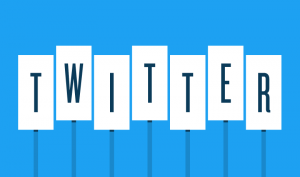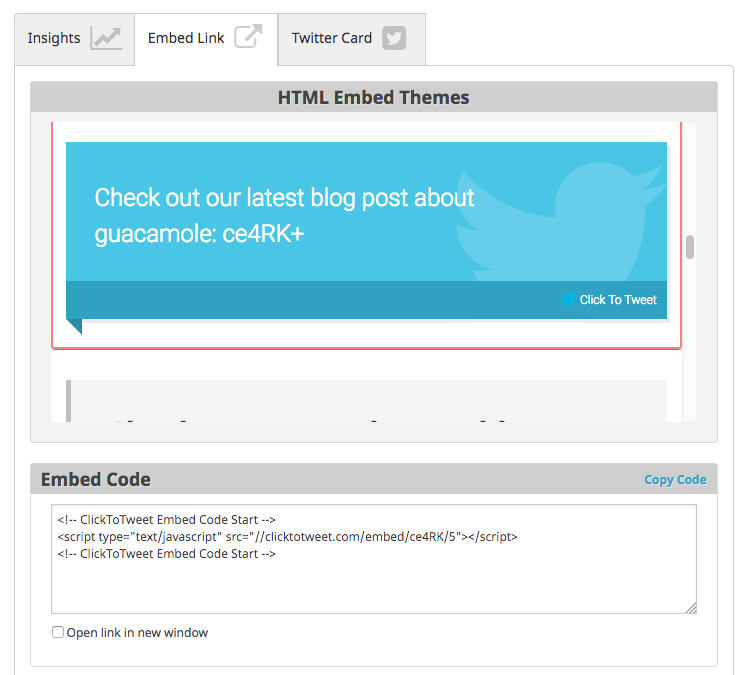 Influencer marketing and social media go hand in hand. Most influencers have their own accounts on social media. With over 500 million tweets being sent out every single day, Twitter is one of the biggest social media networks.
Influencer marketing and social media go hand in hand. Most influencers have their own accounts on social media. With over 500 million tweets being sent out every single day, Twitter is one of the biggest social media networks.
Twitter’s study showed that as many as 40% of users made a purchase after seeing an influencer’s tweet. This makes Twitter a great place to promote your e-commerce business. However, according to a study by Collective Bias, less than 2% of customers are influenced by Twitter on purchase decisions.
This is why you need to modify your strategies to shine on Twitter. Your influencer marketing campaign needs to be planned well in order to deliver a high ROI. Let’s take a look at how you can do influencer marketing on Twitter.
(more…)

 Click to Tweet is one of the most useful applications for generating more engagement for your content (although we’re definitely biased). You can encourage readers to tweet all kinds of content and easily share your message to gain more traffic, followers, and even conversions.
Click to Tweet is one of the most useful applications for generating more engagement for your content (although we’re definitely biased). You can encourage readers to tweet all kinds of content and easily share your message to gain more traffic, followers, and even conversions. Everyone who owns a business constantly looks for ways to grow it. And one of the most effective ways to do so is to gain more visibility on social media. But how exactly do you use social media to grow your business?
Everyone who owns a business constantly looks for ways to grow it. And one of the most effective ways to do so is to gain more visibility on social media. But how exactly do you use social media to grow your business? While Twitter doesn’t have as many members as Facebook, it may be just as influential as its larger rival. Think of how often you read about tweets from famous people every day, from actors to athletes to the President. Twitter’s unique format of extremely brief messages fills a gap. People may not have time to read an article or watch a video but they can absorb a tweet in seconds. Twitter is an essential resource for growing your business. At the same time, if you want to be seen among all the competition, you need a definite strategy. Let’s look at 10 distinct ways that this social media platform can help you build your brand.
While Twitter doesn’t have as many members as Facebook, it may be just as influential as its larger rival. Think of how often you read about tweets from famous people every day, from actors to athletes to the President. Twitter’s unique format of extremely brief messages fills a gap. People may not have time to read an article or watch a video but they can absorb a tweet in seconds. Twitter is an essential resource for growing your business. At the same time, if you want to be seen among all the competition, you need a definite strategy. Let’s look at 10 distinct ways that this social media platform can help you build your brand. Last month we released our new Click To Tweet Google Chrome Extension, and so far the feedback has been positive!
Last month we released our new Click To Tweet Google Chrome Extension, and so far the feedback has been positive!
 Twitter was designed as the social media site for very short messages. For years, the limit was 140 characters. Then, in November of 2017, Twitter doubled this, allowing for 280 characters. Actually, this feature was released incrementally over the fall. Although there were press releases and an official announcement, many people were not aware of it. Most of the discussions were on blogs specializing in technology or social media, such as
Twitter was designed as the social media site for very short messages. For years, the limit was 140 characters. Then, in November of 2017, Twitter doubled this, allowing for 280 characters. Actually, this feature was released incrementally over the fall. Although there were press releases and an official announcement, many people were not aware of it. Most of the discussions were on blogs specializing in technology or social media, such as 
 Twitter has introduced a couple of important updates in the last few months. Although various news and tech sites have reported these changes, many users are still not aware of them. First of all, the allowable number of characters in a tweet has doubled from 140 to 280 characters. On December 12, 2017, Twitter announced another new feature that has the potential to truly transform the way people use the social media site.
Twitter has introduced a couple of important updates in the last few months. Although various news and tech sites have reported these changes, many users are still not aware of them. First of all, the allowable number of characters in a tweet has doubled from 140 to 280 characters. On December 12, 2017, Twitter announced another new feature that has the potential to truly transform the way people use the social media site.